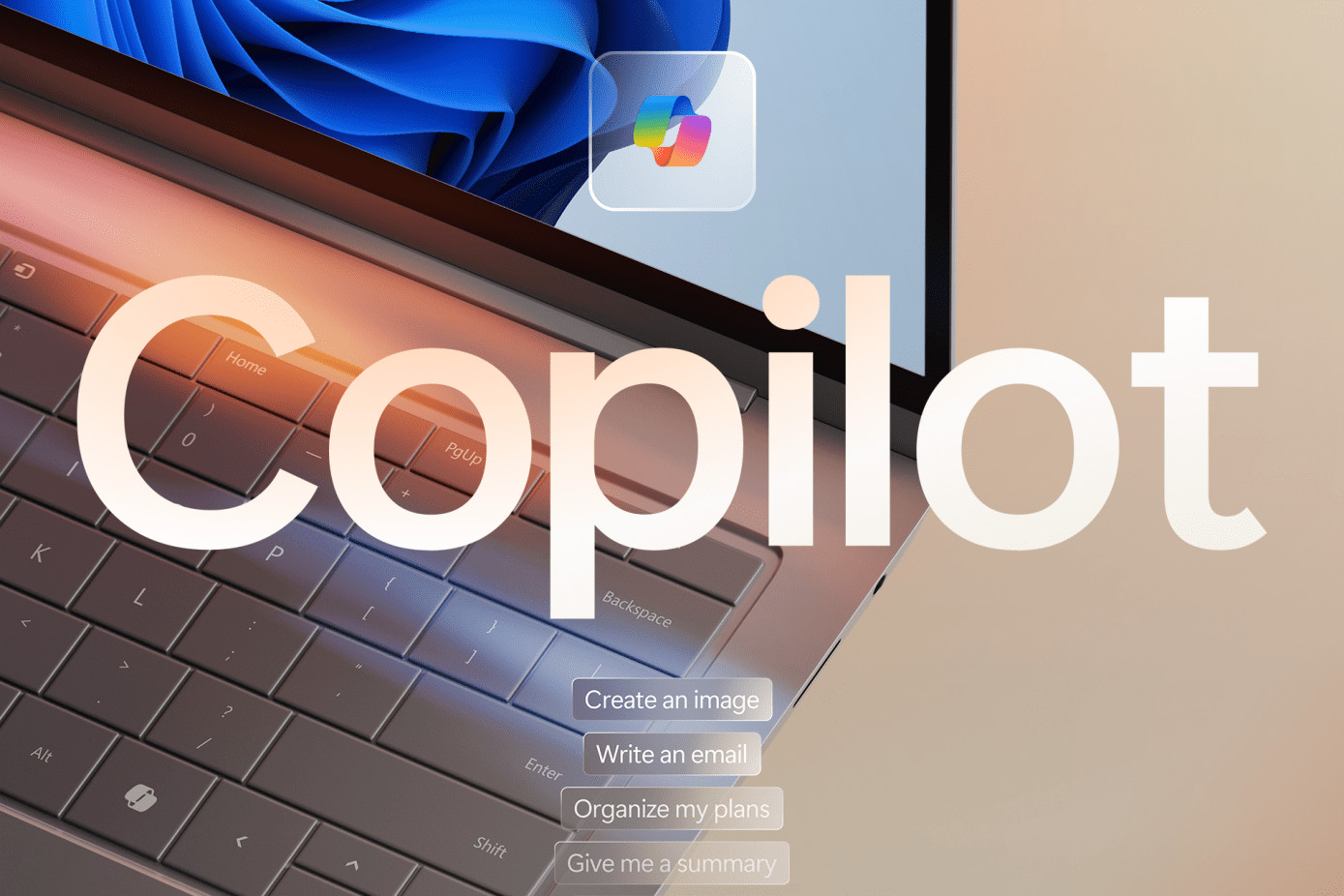Microsoft is poised to champion 2024 as the “year of the AI PC,” announcing a groundbreaking addition to PC keyboards—a dedicated Copilot key. This new physical key is slated to join the familiar assembly of the Windows key, Control key, and Alt key on standard PC keyboards. Built to usher in a new era of AI utilization, the Copilot key is set to replace the right Control key, nestling perfectly between the Alt key and left arrow key.
Yusuf Mehdi, Executive Vice President & Consumer Chief Marketing Officer at Microsoft, highlighted the significance of this innovation in his statement today. “The introduction of the Copilot key marks the first significant change to the Windows PC keyboard in nearly three decades,” Mehdi expressed. He emphasized that this key will streamline access to the AI-powered Copilot in Windows, thereby bolstering users’ participation in the AI revolution. Should Copilot be unavailable in certain regions, pressing the key will instead activate Windows Search.
Anticipation builds as the first keyboards featuring this transformative Copilot key are set to debut at this year’s CES in Las Vegas. Consumers can expect these keyboards to hit the market, with shipments likely beginning in late February. This move is a clear testament to Microsoft’s wholehearted embrace of the AI momentum, marking its first keyboard expansion since the inception of the Windows logo key in 1994.
Microsoft and its semiconductor collaborators, including AMD and Intel, envision a future where AI inferencing transitions increasingly to local processing units. This progression aims to unlock an array of novel AI experiences on the Windows platform. Microsoft draws parallels to this initiative as a pivotal chapter in Windows’ evolution, envisioning the Copilot key as a gateway to AI integration on PCs.
For those content with their current keyboard setups, there’s no cause for alarm. Existing keyboards will retain their full functionality, with some even offering the option to remap the right Control key to perform the Copilot function. Nevertheless, adoption of the new feature is entirely optional for users who prefer to stay their traditional course.



